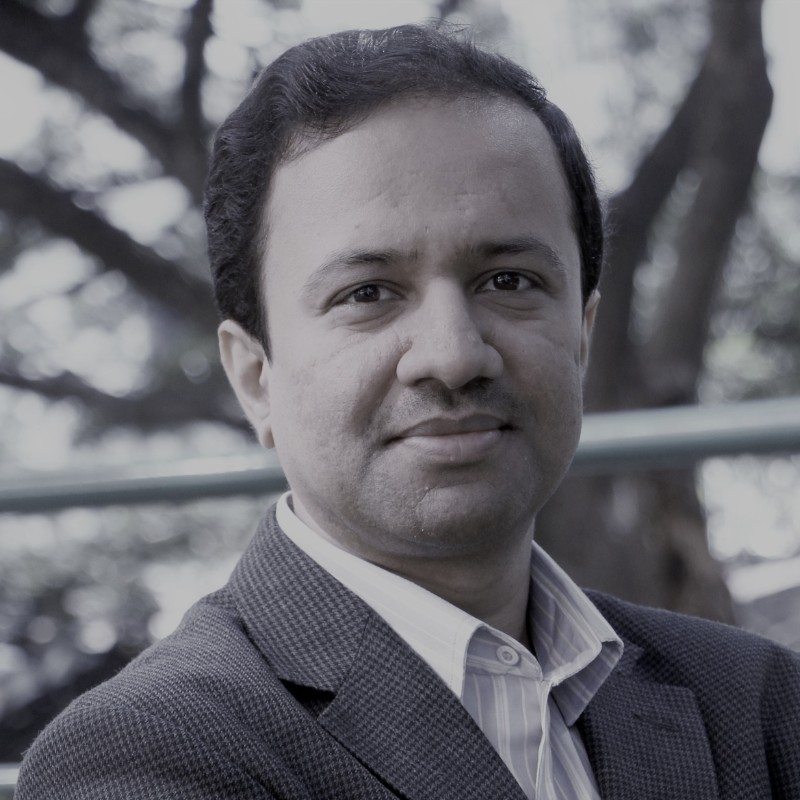Resource Management Software
From machinery to facilities, resources could constitute nearly anything in an organization. For a construction company, resources could include special tools or equipment. In software companies, they include developers, hardware, and software, while in event management, venues and caterers are resources. Basically, resources are anything required to execute a project or a task, be it software or people.
The APM Body of Knowledge describes resources as “anything needed to deliver projects, programmes or portfolios, including people, financial resources, machinery, materials, technology, property and anything else required to deliver work. These resources may be obtained internally from the organization or procured from external sources.”
Resources could be classified as tangible, i.e. those materials that could be touched or felt physically, such as tools and equipment, or as intangible, which includes resources that do not have a physical nature, such as intellectual property, time or staff.
Given the major cost implications of resources for businesses, robust RM is a key consideration for every organization.
But what is resource management?
Resource management is a system through which enterprises could efficiently manage their various resources. It requires detailed planning to ensure right resources are committed to the right activities. RM involves understanding the business demand, determining the resource capacity, resource allocation, and managing resource utilization – for people, supplies and equipment.
In simple words, resource management aims to balance demand and supply while ensuring higher levels of utilization – leading to cost optimization and better profitability.
A resource management strategy is based on a three-step process, which includes
- Allocation
- Aggregation
- Scheduling
Allocation identifies resources are required for tasks – in the form of effort or quantity. Aggregation is considered on a daily, weekly or monthly basis, and shows the total amount of resources consumed at any given point in time. Scheduling is the process to determine the timeline when resources are required for the work.
Although resource management is used often in reference to project management applications, smaller organizations also apply it to other areas including finance, staffing, physical spaces, equipment, and technology.
Resource management is considered critical for reasons listed below.
On-time project and service delivery
Effective management of resources could enable companies to ensure more consistent deliveries of projects and services in a timely manner. This is because project and RM platforms offer better insight into resource availability and thereby better project scheduling.
Higher satisfaction among employees
A common complaint in the workplace is high workload. Overworked employees are generally at a higher risk of disengagement and attrition. Optimum resource use becomes a high priority for businesses.
Better informed personnel decisions
Project and resource management could help the organization make informed decisions, by allowing managers to gain access to information regarding upcoming projects, the workload for current resources, and other resource needs.
Higher profitability
The profitability of a project is usually predicted during the proposal stage. The proposal bid usually involves an estimation of costs to determine the gross profit projections. Project profitability is driven by resource management. A clear resource management is needed to ensure project profitability is guarded.
Enhanced customer satisfaction levels
Customer satisfaction depend on how well their needs and expectations are fulfilled by a business. In most companies, this means scope is delivered on-time and within budget. With proper RM, project managers could plan and forecast projects.
In sum, resource management is an integral driver of an organization’s success. If you are looking for a robust solution to help optimize your strategy for resource management and enhance business performance, look no further than the TouchBase Resource Management Platform, armed with and end-to-end capabilities to manage resources – both human and otherwise!





